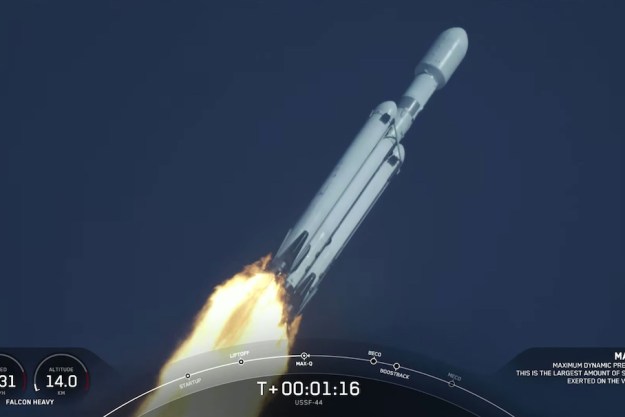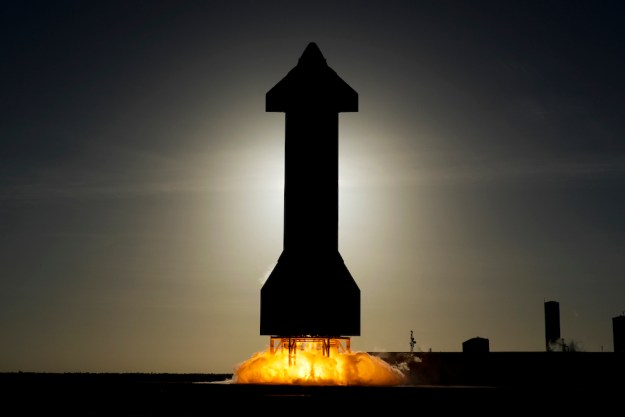SpaceX’s Starlink initiative aimed at beaming high-speed broadband internet from space will receive almost $900 million in federal funding to help it bring its service to rural homes and businesses in the U.S.
As part of the Federal Communications Commission’s (FCC) Rural Digital Opportunity Fund Phase I auction, SpaceX will receive $885 million over the next 10 years to help it build out its Starlink service using a still-expanding constellation of small satellites to beam internet across the U.S. and potentially around the world.
The FCC handed out a total of $9.2 billion in subsidies to 180 companies as part of Phase I, with a further $11.2 billion to be distributed in the next phase.
The FCC said this week that those receiving the funding will use it to deploy high-speed broadband to more than 5.2 million unserved homes and businesses across the U.S., adding that “99.7% of these locations will be receiving broadband with speeds of at least 100 megabits per second, with an overwhelming majority (over 85%) getting gigabit-speed broadband.”
The commission added that the funding is part of a larger effort “to close the digital divide in rural America and focus limited universal service funds on unserved areas that most need support.”
Commenting on the financial support, FCC chairman Ajit Pai said in a statement: “I’m thrilled with the incredible success of this auction, which brings welcome news to millions of unconnected rural Americans who for too long have been on the wrong side of the digital divide,” adding that they “now stand to gain access to high-speed, high-quality broadband service.”
SpaceX sent its first batch of Starlink satellites into low-Earth orbit in the spring of 2019 and since then has deployed another 900 or so as it moves toward a full-scale launch of broadband services beamed from space. While many more satellites will be required to launch a global service, SpaceX’s constellation reached a size over the summer that allowed private testing to begin, while last month it launched a public beta program for select customers in the U.S. Those on the beta program are reportedly paid $499 for the necessary equipment and installation, plus a monthly fee of $99.
For SpaceX, the FCC funding is a vote of confidence in its space-based Starlink technology, which is still in the relatively early stages of development.
Only three companies received more than SpaceX in the FCC’s Phase I funding process, namely LTD Broadband, Charter Communications, and Rural Electric Cooperative Consortium, which received $1.3 billion, $1.2 billion, and $1.1 billion, respectively.
Editors' Recommendations
- SpaceX’s mighty Starship rocket stacked for 3rd test flight
- SpaceX eyeing weather for Thursday’s Falcon Heavy launch. Here’s how it looks
- SpaceX’s dramatic 360 video of Starship launch puts you on the launch tower
- Watch this unique view of SpaceX’s latest Starship rocket test
- Watch SpaceX’s most recent Starlink mission in just 60 seconds


